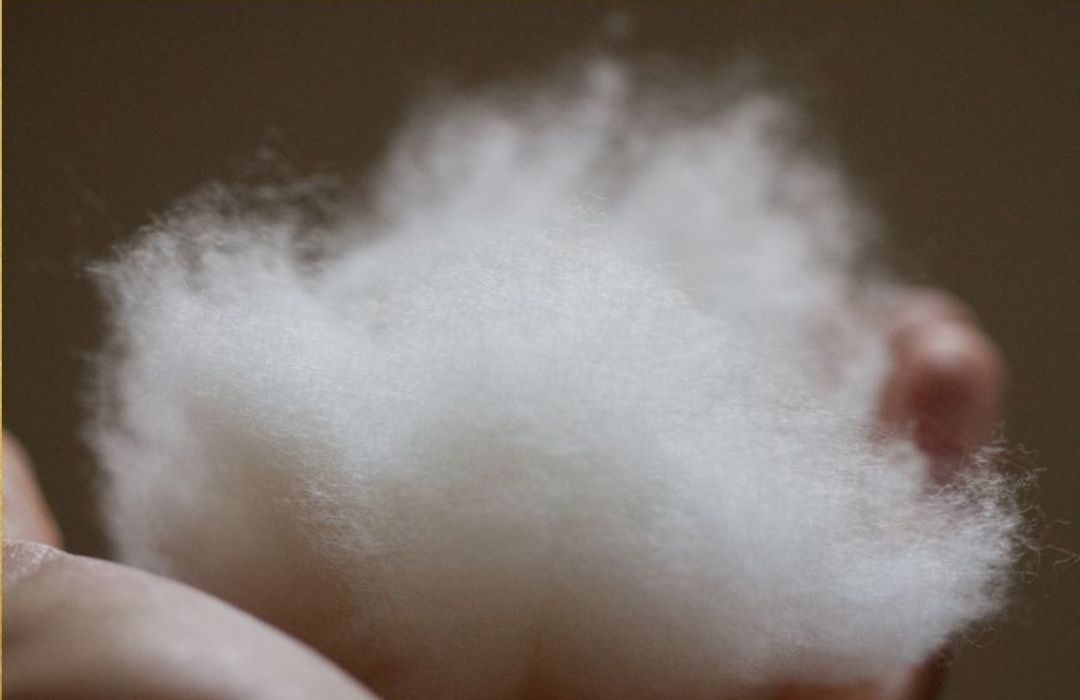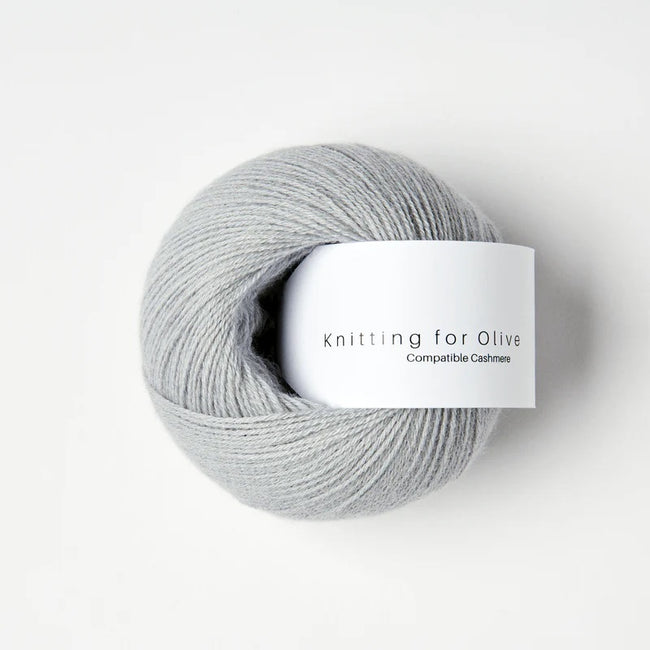Exploring the Different Kinds Of Cashmere a Natural Fiber for Ultimate Deluxe
Cashmere, a natural fiber, is usually connected with deluxe and comfort. Not all cashmere is developed equal. From the highly soft Mongolian selection to the lightweight warmth of Indian Pashmina, each kind offers its own unique features and appeal. The extra cost effective Chinese cashmere, the traditional Scottish variation, and the premium Italian mix, all tell a different story of this exceptional fiber. As we untangle the world of cashmere, a much deeper understanding of its real worth and refinement begins to emerge.
Understanding the Glamorous Nature of Cashmere
Cashmere, typically associated with deluxe and comfort, holds an one-of-a-kind appeal in the globe of natural fibers. Unlike other all-natural fibers, cashmere combines insulation with breathability, providing unparalleled convenience throughout varying temperature levels. Its glossy finish and soft structure contribute to its high-end allure, justifying the costs cost that often comes with cashmere garments.
Simply What Is Cashmere and Where Does It Originate from?

Cashmere is derived from the soft undercoat of cashmere goats, mainly discovered in Mongolia, China, Iran, and Afghanistan. This careful procedure contributes to the shortage and high expense of cashmere. With its origin in the extreme landscapes of Asia, cashmere is a testimony to nature's capability to generate luxury from adversity.
Decoding the Different Kinds Of Cashmere
Understanding the different sorts of cashmere is crucial to valuing the high quality and special attributes of this lavish textile. Generally, cashmere is categorized right into 3 kinds: raw, virgin, and recycled. Raw cashmere is directly obtained from the goat and is unprocessed. This kind often has contaminations such as dust and rugged hair. Virgin cashmere, on the various other hand, is the pure, unrecycled product that is spun into thread for the very first time. It is the softest and most extravagant. Ultimately, recycled cashmere is made from virgin product that has been previously made use of. It is re-spun and made use of in producing lower-cost cashmere items. Deciphering these types is the primary step in comprehending the exclusivity and value of cashmere.

The Distinct Attributes of Each Sort Of Cashmere
Having actually checked out the various classifications of cashmere, it ends up being evident that each kind boasts its distinct set of qualities. Mongolian cashmere, for example, is renowned for its exceptional quality, due to Mongolia's harsh winter seasons that produce longer and finer fibers. Conversely, Chinese cashmere is often more his comment is here economical, though its shorter fibers can reduce durability. Scottish cashmere is commemorated for its elegant soft qualities, an outcome of the conventional water washing procedure utilizing Scotland's soft water. Italian cashmere, on the other hand, is well-known for its masterful mixing and coloring techniques, providing it vivid and flexible. Indian cashmere, likewise known as Pashmina, is valued for its extraordinary lightness and heat. Each type, hence, adds to the fabric's online reputation for high-end.
Why Cashmere Is the Epitome of Deluxe in vogue
Cashmere Related Site holds a renowned setting worldwide of fashion, considered as a symbol of high-end and refinement. Its allure is not simply in its soft qualities and warmth, however additionally in its rarity and the anonymous meticulous process associated with its purchase. Cashmere is stemmed from the fine undercoat of Himalayan goats, understood for their premium quality fiber. The shortage of this fiber, integrated with the labor-intensive procedure of collection, adds to its high price and special condition. Cashmere's unmatched comfort and resilience make it a popular material in the development of premium garments. Its all-natural lightweight and protecting buildings include in its desirability, making it the epitome of luxury in vogue.
The Process of Making Cashmere: From Goat to Garment
The journey of cashmere, from being an undercoat of a Himalayan goat to a glamorous garment, is an elaborate one. With the introduction of spring, farmers in Mongolia and China accumulate the woollen by combing the goats, ensuring no injury is done. The gotten wool contains crude outer hair and soft downy undercoat. This blend is after that meticulously separated, with just the soft down utilized for cashmere. This raw cashmere is washed, colored and spun into thread. The yarn is after that woven or weaved into textiles. The last step entails pushing and washing to offer the material its particular soft qualities and warmth. From goat to garment, each action is a testament to the skill, perseverance and creativity associated with crafting cashmere.

Final Thought
To conclude, cashmere, with its natural elegance and unmatched comfort, reigns supreme worldwide of high-end fashion. The variety in kinds, ranging from the soft Mongolian, light-weight Indian Pashmina, budget friendly Chinese, typical Scottish, to the vibrant Italian, reveals the convenience of this all-natural fiber. The scrupulous procedure of transforming it from a goat to a garment further contributes to its exclusivity, making cashmere the epitome of refinement and high-end.
Cashmere, a natural fiber, is usually associated with deluxe and comfort (is cashmere a natural fiber).Cashmere, often linked with high-end and convenience, holds a distinct allure in the globe of all-natural fibers. Unlike other all-natural fibers, cashmere combines insulation with breathability, providing unparalleled convenience across varying temperature levels. Cashmere is obtained from the soft undercoat of cashmere goats, largely discovered in Mongolia, China, Iran, and Afghanistan. Cashmere is acquired from the fine undercoat of Himalayan goats, recognized for their exceptional top quality fiber
Comments on “The Intriguing Process Behind Producing cashmere Fibre and Its Applications”